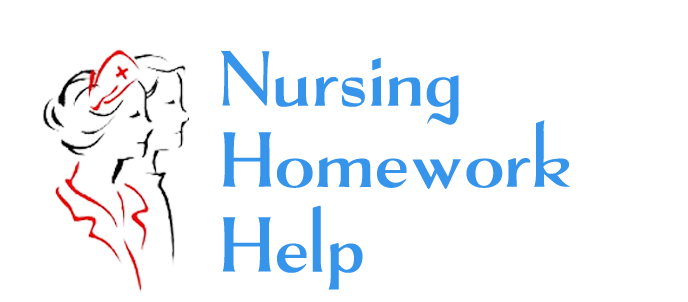Here is the instructions: Write one paragraph common for each writer. I have 2 peer papers please write one paragraph for each peer. I am expecting two paragraphs total from you.
One paragraph separately comment about peer # 1 AND one reference and another separate paragraph comments about peer # 2 paper and one reference for it. thank you
This question is for peer # 1 and peer # 2: NOT FOR YOU: Discuss the definitions of ASD and VSD. What are the symptoms for each in children? What are the symptoms for each in adults? Briefly discuss treatment options for children and adults with ASD and VSD.
Peer # 1 Chris
According to the Mayo Clinic (2015a) an atrial septal defect (ASD) is an opening or hole between the two upper portions of the heart which are known as the atria. Moreover the Mayo Clinic (2015a) explains that this congenital defect is an unpreventable circumstance but some atrial defects may resolve on their own as newborns becomes an infant or small child. If in fact a person has a large or small ASD it should try to be established early on because letting this condition persist too long often will damage the heart and lungs (Mayo Clinic 2015a). Those who have found out they have this condition later in life often may have heart failure or even pulmonary hypertension. Carr (2014) notes that it is often very difficult to detect this condition is an infant or child because they often do not exhibit any symptoms. If there are any symptoms they often are erratic and not consistent and may include things like poor weight gain tendency to remain small frequent respiratory infections or being short of breath when going to exert themselves. As for adults the clues are much more detectable for ASD and may entail shortness of breath tiredness swelling in the legs and feet perpetual lung infections heart palpitations or a heart murmur which will exude a whooshing sound upon auscultation (Mayo Clinic 2015a). Finally treatment for ASD in children will depend upon how extensive the hole is between the atria and whether there are any other congenital defects affecting the heart (Mayo Clinic 2015a). The Mayo Clinic (2015a) explains that the childs cardiologist may want to go through a waiting period to see if the hole in the atria closes on its own. If it doesnt and further action needs to be taken the procedures available for both children and adults are similar. They include either undergoing a cardiac catheterization or open heart surgery. The former entails a catheter being inserted into the groin which is guided up to the heart to repair the opening in the atria while the latter includes an incision made in the chest (Mayo Clinic 2015a).
Unfortunately ASD is not the only possible defect but there also may be what is known as a ventricular septal defect (VSD). This also is a congenital conditions and results in there being a hole in the septum of the heart which is responsible for keeping the right and left ventricle separate (Mayo Clinic 2015b). This is very significant because as the Mayo Clinic (2015b) explains oxygen rich blood ends up flowing from the left ventricle through to the right ventricle so instead of being pumped out to the rest of the body its gets diverted and goes back to the lungs. According to the Mayo Clinic (2015b) if a baby is born with this condition it may be recognizable because the baby may exhibit fast breathing patterns or breathlessness poor eating or becoming tired very easily. The American Heart Association [AHA] (2015) notes that if the opening between the ventricles is very small symptoms may be very hard to detect within a child. In fact it may only be a loud murmur that gives rise to the suspicion that a child has VSD (AHA 2015). For adults being short of breath having a fast irregular heartbeat or being very weak and tired are good reason to call the doctor and suspect VSD (Mayo Clinic 2015b). Finally like ASD there is a possibility that a small hole within the ventricles may close on their own but if it doesnt surgery is an option. Either open heart surgery utilizing a heart and lung machine will be instituted for the repair or a cardiac catheterization (Mayo Clinic 2015b).
PLACE THIS ORDER OR A SIMILAR ORDER WITH NURSING HOMEWORK HELP TODAY AND GET AN AMAZING DISCOUNT


